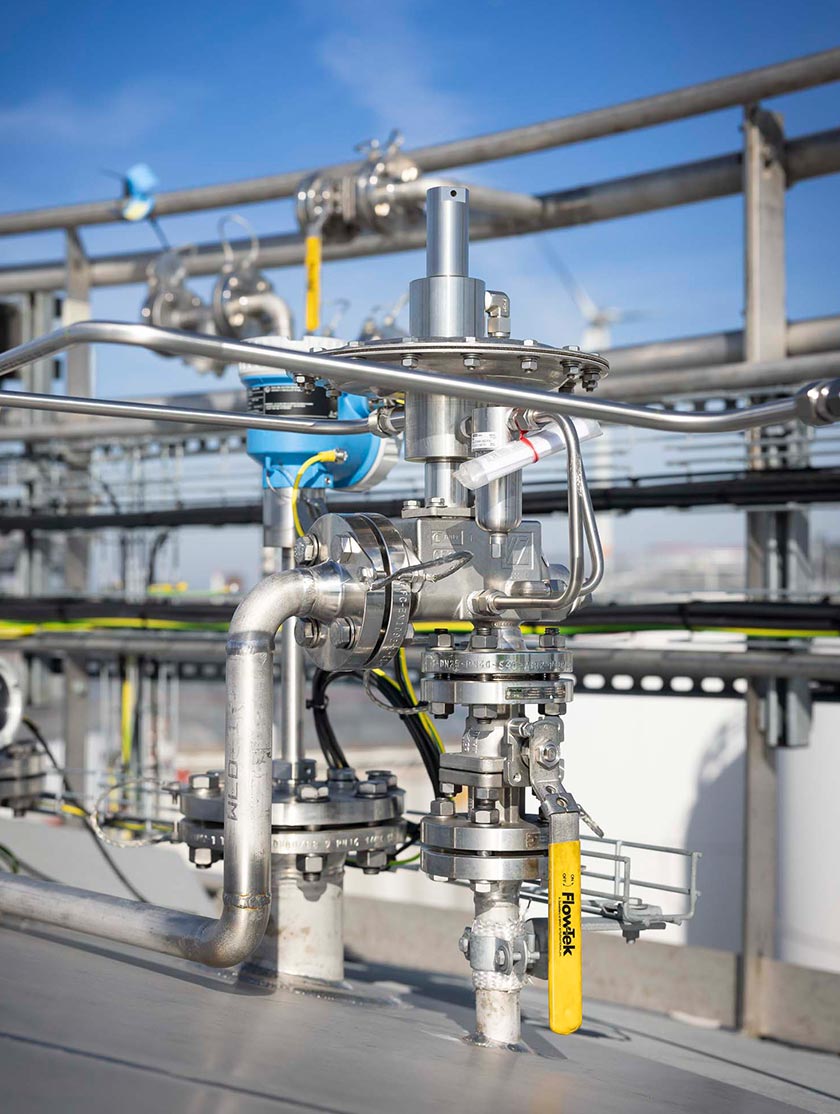Benefits of Pressure Reducing Regulators with Adjustable Set Points
In fluid control systems, accurate and reliable pressure management is essential to ensure optimal equipment performance, safety, and longevity. One of the most effective devices for this purpose is the pressure reducing regulator (also referred to as pressure regulator). While standard regulators maintain a fixed downstream pressure, those equipped with adjustable setpoints offer greater flexibility and control. This article explores the key benefits of using adjustable setpoint pressure reducing regulators in various industrial and commercial applications.
Understanding Regulators
A pressure reducing regulator is a mechanical device that automatically reduces a high inlet pressure to a desired lower outlet pressure, maintaining a constant downstream pressure regardless of fluctuations in inlet pressure. It consists of a sensing diaphragm, one or more control springs, and a valve mechanism. When the downstream pressure deviates from the setpoint, the regulator adjusts the valve opening to maintain the target pressure.
The Advantage of Adjustable Setpoints
An adjustable setpoint allows users to change the downstream pressure setting according to system requirements. This feature is typically implemented through an adjustable control spring compression screw or knob on the pressure reducing regulator. Rather than devices with a fixed outlet pressure, adjustable regulators offer application versatility and system optimization.
Advantages of Using Pressure Reducing Regulators with Adjustable Setpoints
1. Increased Process Flexibility
Industrial processes often evolve, requiring different operating pressures at different stages. Adjustable pressure reducing regulators allow quick and easy adjustment of the outlet pressure without having to replace the device. This adaptability supports a wide range of equipment and processes with different pressure requirements.
2. Improved System Performance and Control
Precise pressure adjustment promotes optimal system performance by allowing operators to set the exact pressure needed. This reduces wear on downstream components, minimizes energy consumption, and improves overall efficiency.
3. Simplified Maintenance and Reduced Downtime
With an adjustable setpoint, recalibrating or changing system pressure does not require complex disassembly or replacement of the regulator. This reduces maintenance time, lowers operating costs, and minimizes downtime in critical processes.
4. Increased Safety
Maintaining controlled and correct pressure levels is crucial for system safety. Adjustable pressure reducing regulators allow operators to avoid overpressure scenarios by adjusting pressure to safer levels appropriate for specific conditions, reducing the risk of equipment damage or dangerous failure.
5. Cost-Effectiveness
Investing in adjustable pressure reducing regulators can be more cost-effective in the long run. Instead of stocking multiple fixed pressure regulators for different applications, a single adjustable unit can meet a variety of needs, simplifying inventory management and reducing capital expenditures.
6. Better Compatibility with Variable Systems
In systems where inlet pressure or downstream flow rates fluctuate significantly, having an adjustable setpoint ensures more precise pressure regulation. This adaptability ensures stable operation even under varying process conditions.
Applications that Benefit from Adjustable Pressure Regulators
- Gas distribution systems: To maintain a constant gas pressure despite fluctuations in upstream pressure.
- Steam and HVAC systems: For precise control of steam or air pressure, contributing to temperature regulation.
- Water treatment facilities: To manage water pressure in various filtration and treatment processes.
- Chemical processing industries: When precise pressure control is essential to maintain reaction conditions.
- Medical gas systems: Require adjustable regulation for different patient needs or types of equipment.
Conclusion
Pressure reducing regulators with adjustable setpoints are indispensable tools in modern fluid and gas control systems. Their ability to deliver precise and adaptable pressure regulation improves system flexibility, safety, efficiency, and cost-effectiveness. From industrial plants and commercial facilities to specialized medical applications, these regulators enable operators to provide tailored pressure solutions for dynamic operating environments. By integrating adjustable pressure reducing regulators, companies can improve operational control, reduce maintenance costs, and maintain equipment performance, contributing to more resilient and efficient systems.
Need the Right Pressure Reducing Regulator? Get Expert Help Selecting the Ideal Regulator Engineered for Performance |
Cashco’s pressure reducing regulators are designed for precise pressure control across a wide range of industrial applications—delivering reliability, safety, and efficiency. For more information about Cashco's regulators, view all models here .
Cashco's priority is to make sure you select the right product for your application. Need help sizing your regulator? Complete our Regulator Sizing Form and our experienced team will gladly assist you in finding the ideal product!
Animated Guide: Pressure Reducing Regulator Function |
Discover the workings of a pressure reducing regulator in our animation video. Using the force-balance principle, this device reduces and maintains downstream pressure in a pipeline. Watch as we demonstrate how the regulator’s diaphragm and valve assembly create resistance to reduce upstream pressure. Learn how downstream flow demands impact the regulator, causing it to adjust and maintain a constant pressure.





